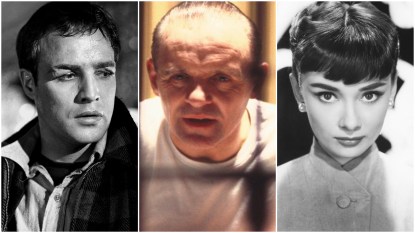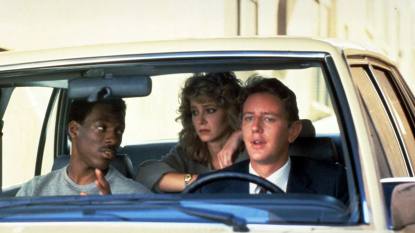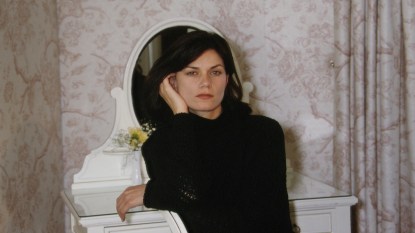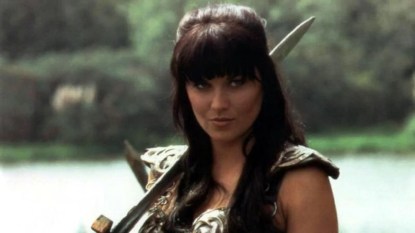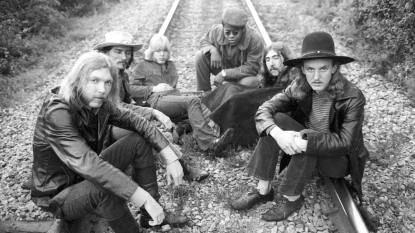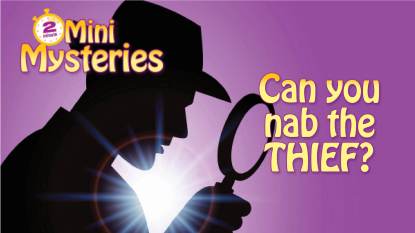Easter Witch? Flying Bell? These Unique Holiday Mascots Do a Bunny’s Work In Countries Outside the U.S.
Personally, I'd avoid the Swedish Easter witch.
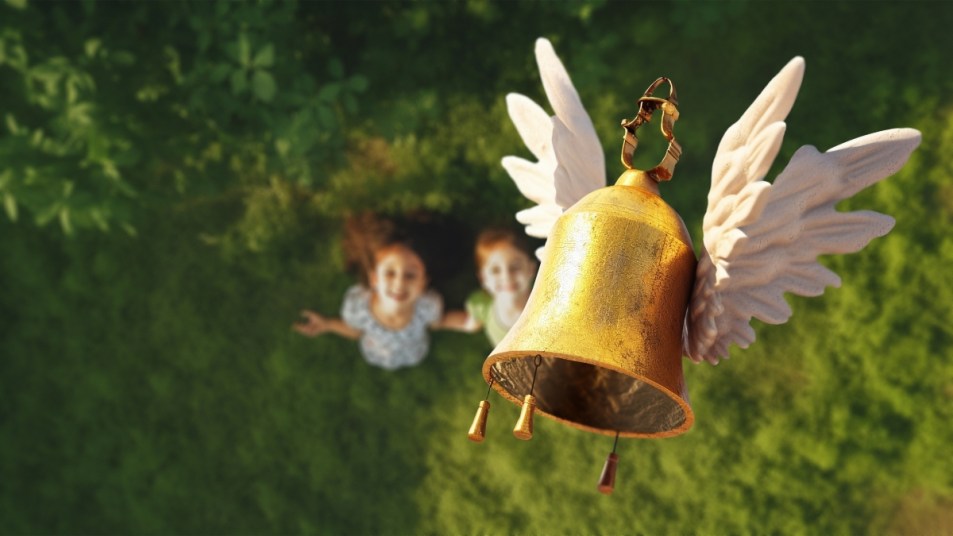
Easter is a special time. Between egg hunts, delicious Sunday dinners, and meaningful, reverent time spent with loved ones, it’s among the most memorable holidays of the year. The most popular (and cute) symbol of the holiday is probably the Easter bunny — a rabbit who sneaks onto your property and leaves colorful eggs, candies, and small gifts for children to find. That tradition seems pretty ubiquitous for those of us in the States; but did you know that other animals and beings are responsible for bringing Easter merriment to children around the world? Keep reading to learn more about the Easter bunny, plus discover four more international creatures who are associated with the holiday.
What’s the story behind the Easter Bunny?
Besides being incredibly cute, bunnies carry symbolism for Easter. Some believe they were chosen (along with eggs) as seasonal mascots because they represent new life, which is relevant to both springtime and the religious significations of Easter (with the resurrection of Jesus Christ). The tradition began in 19th century Germany, and was popularized across Europe and the United States, according to Babbel Magazine; the Easter bunny remains a mainstay to this day in many countries across the world.
Alternate Animals for Easter
Lambs, chicks, and other adorable baby animals often represent the holiday in the States as well. But around the world, Easter mascots vary pretty wildly. Check out the animals (and enchanted beings) that are associated with Easter in different countries below.
Switzerland — The Cuckoo
Cuckoo birds have the monopoly on Easter treat delivery in Switzerland. They’re the overall symbol for spring in the country, says Portable Press. They represent new life — the reason for the season — and are commonly found in the area. It’s a popular belief that cuckoos are the ones bringing children eggs on Easter; but not necessarily their own. Cuckoo birds are notorious egg thieves, which may explain the colorful array of eggs they bring.
Australia — The Bilby
Australians aren’t big on bunnies. Rabbits were brought to Australia in the 17th century, says Portable Press, and since then, they’ve become an invasive species. Instead of being a symbol of adorable softness, rabbits in Australia are seen as grim reapers for crops. Not exactly fitting for a season about new life. Instead, Australians get their Easter goodies from the native bilby, which is a small, rabbit-like marsupial with big ears. Bilbies not only have a better reputation in the land down under — they’re also endangered, so having them represent Easter increases awareness for their conservation, according to House Beautiful.
France — Flying Bells
Egg-toting rabbits pale in comparison to the whimsy of enchanted, flying, gift-delivering church bells. In France, it’s tradition not to ring church bells from Maundy Thursday until Easter Sunday. This represents the period of mourning, during which Jesus was crucified, and leads into the celebration of His resurrection on Easter morning. The story told to French children is that the bells aren’t ringing because they’re too busy flying to Rome to be blessed by the Pope. On their way back to France, they drop treats all over France for children to find and enjoy on Easter.
Sweden — The Easter Witch
In Sweden, children exchange baby animals and pastel colors for “Påskkäring,” or the Easter Witch. During the witch hunts of the 15th century, it was believed that Easter was the witches’ Sabbath — a day when they’d commune with Satan and do everything backwards. Old witches became young, and they would gather around a large table, sitting facing outward, of course.
Because the fear of witches on Easter was alive well into the 1800s, young pranksters would dress as witches. They’d turn their clothes inside out and play tricks, like knocking over wagons, on unsuspecting innocents for fun — and then go door-to-door asking for something to eat or drink. They would often draw a picture of a witch with an invitation to join the witches’ Sabbath and leave it on peoples’ doorsteps, just to cause chaos. Today, the tradition is less mean-spirited: Young children dress up as elderly witches and go door-to-door with a hand-drawn picture, asking to be rewarded for their artistry with sweets.
What do your Easter traditions look like? Whether your guests include rabbits, cuckoos, or witches, we hope your day is filled with quality time with loved ones. Happy Easter!


